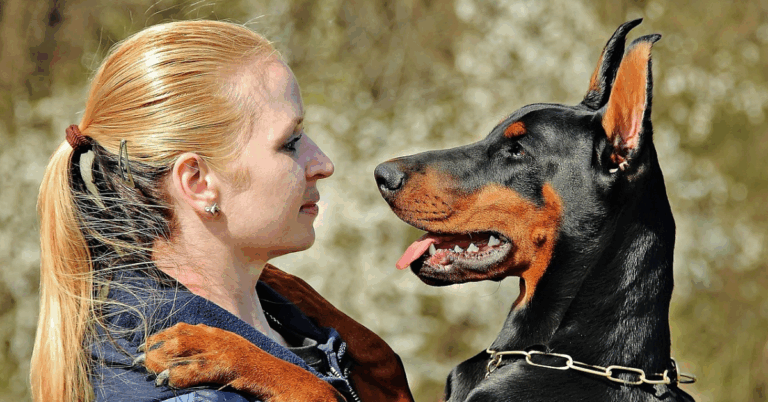10 Ways Dogs Help Veterans Heal From PTSD
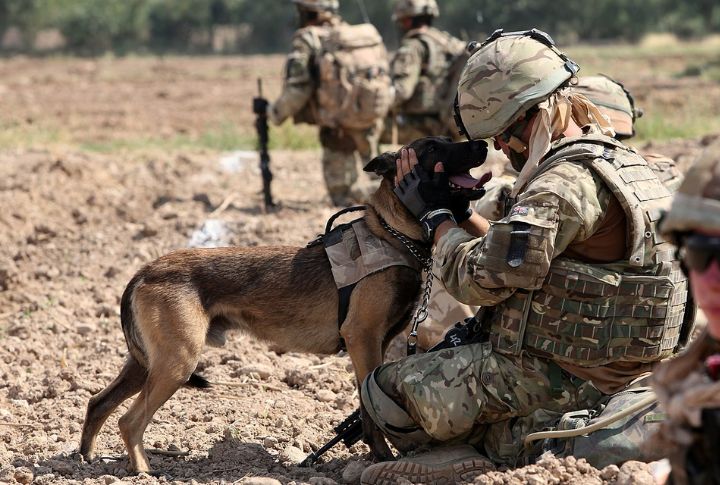
Dogs and veterans form a bond that speaks volumes without saying a word. Something about that steady presence brings a sense of peace most people don’t realize they need. For many returning personnel living with PTSD, these companions become much more than pets. Here’s how that connection grows stronger.
Unmatched Companionship That Lowers Anxiety
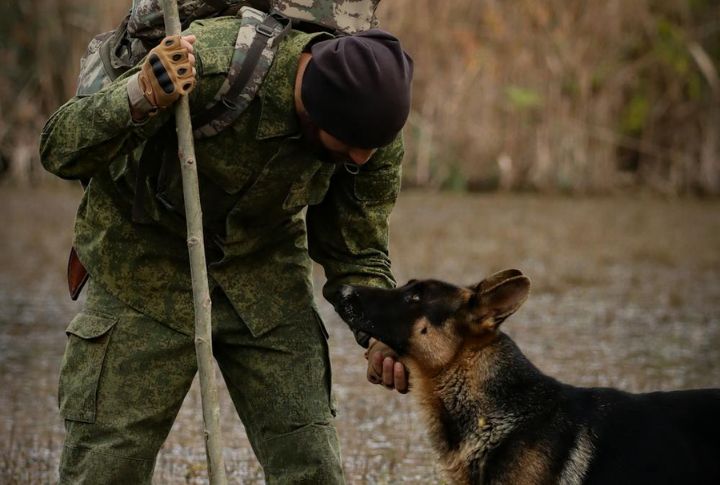
A dog’s steady presence can help lower stress responses in veterans with PTSD. Their calm behavior, especially during panic or anxiety episodes, creates a stabilizing effect. Many veterans find that just sitting beside a trained dog brings a noticeable drop in heart rate and tension after only a few minutes.
Real Help With Triggers And Nightmares
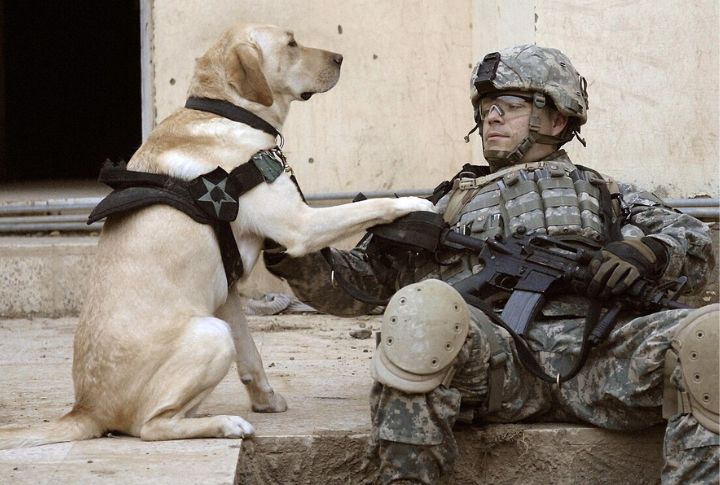
Some service dogs are trained to interrupt flashbacks or wake veterans from night terrors. These aren’t tricks—they’re life-changing tasks rooted in behavioral response training. When a veteran shows signs of distress, the dog nudges, paws, or even licks until its handler regains focus and feels grounded again.
Everyday Structure Makes A Difference
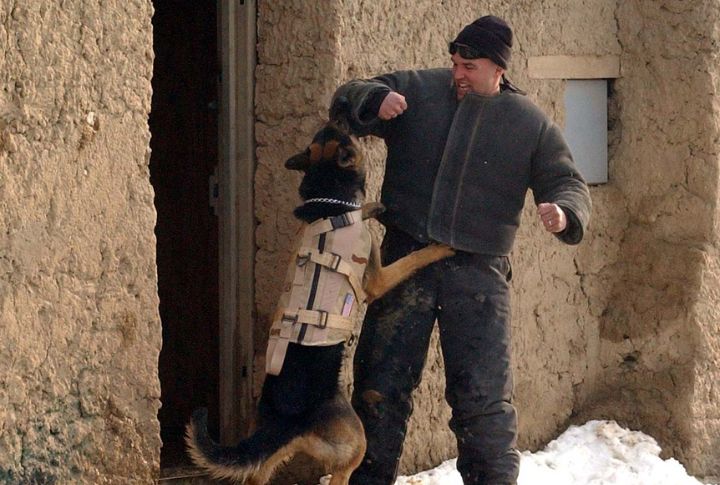
Feeding, grooming, and playing with a dog bring routine to a veteran’s life. Those struggling with depression or isolation may find purpose in these daily tasks. Canines thrive on consistency, and this helps their human companions stick to regular habits that support mental health.
Easier Social Interactions In Public Spaces
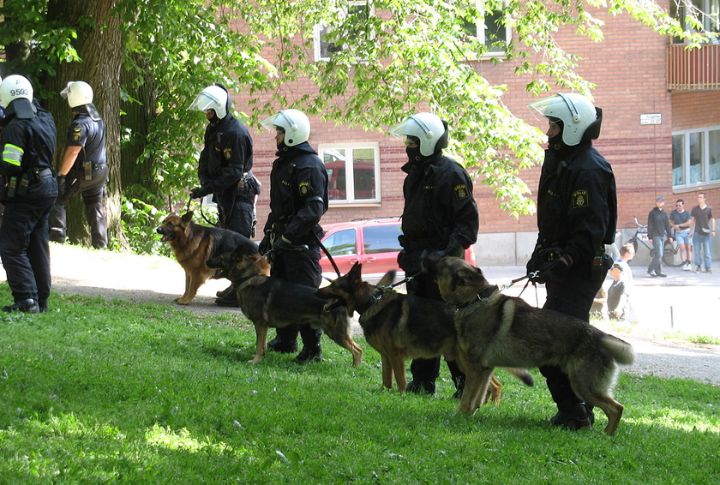
Many veterans with PTSD feel anxious in crowds or unfamiliar environments. An assistance dog provides comfort and a subtle buffer from unwanted attention. Conversations often begin with curiosity about the dog, which makes social contact seem more natural and less overwhelming for the veteran.
Reduced Reliance On Medication

Veterans sometimes report needing fewer medications after consistent time with a service dog. While dogs aren’t a replacement for professional care, their companionship can reduce symptoms enough to improve quality of life. That’s especially helpful for those managing side effects from long-term pharmaceutical treatment.
Nonjudgmental Support In Hard Moments
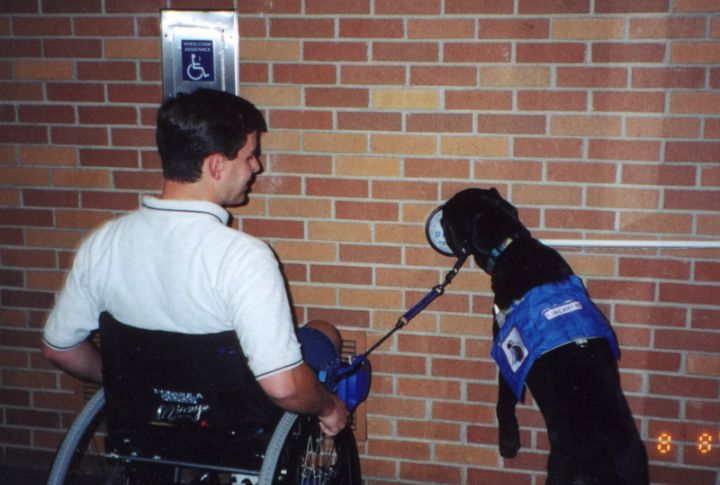
Unlike people, dogs remain steady during emotional outbursts and don’t pull away when silence stretches or moods shift unexpectedly. That reliability builds trust. Retired personnel who’ve had difficulty opening up may find that a dog nearby in therapy sessions helps create a bridge to better communication and emotional processing.
Increased Physical Activity With Purpose
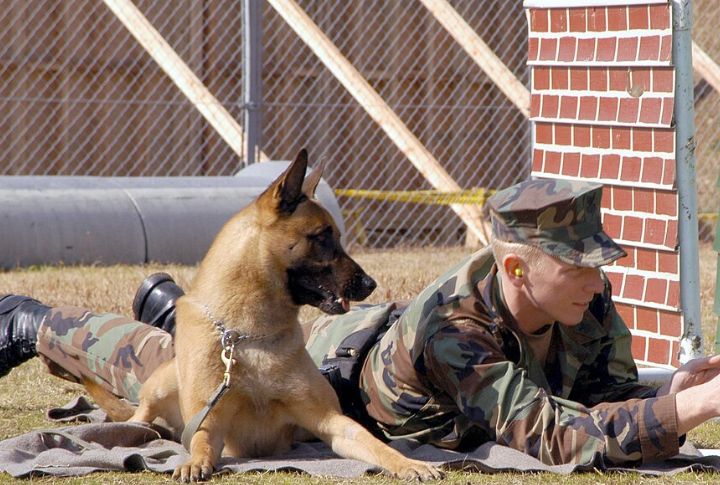
Staying active can feel like a chore for someone managing PTSD, and having a dog to walk changes that. It’s not about exercise goals or fitness; it’s about caring for a companion. Over time, this gentle push toward movement can improve sleep, lift mood, and build long-term habits.
Confidence Through Shared Progress
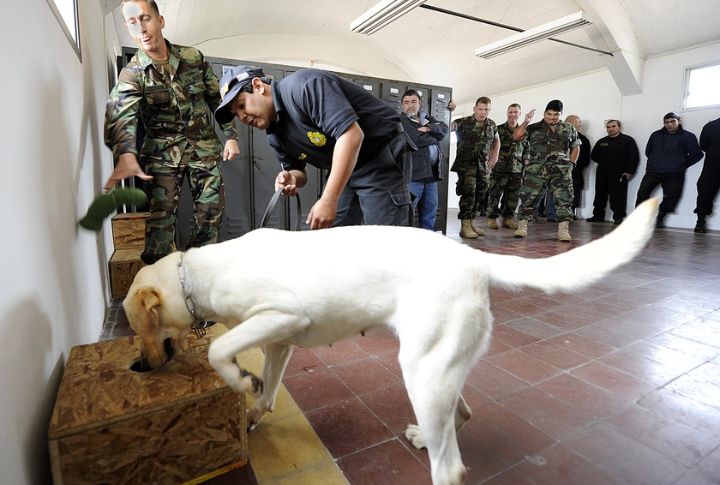
Working through commands and routines with a service dog boosts confidence naturally. As veterans teach and guide, they gain a sense of purpose and control. Each small success in training translates into greater self-belief that often spills into job settings and daily interactions.
Easier Reintegration Into Civilian Life
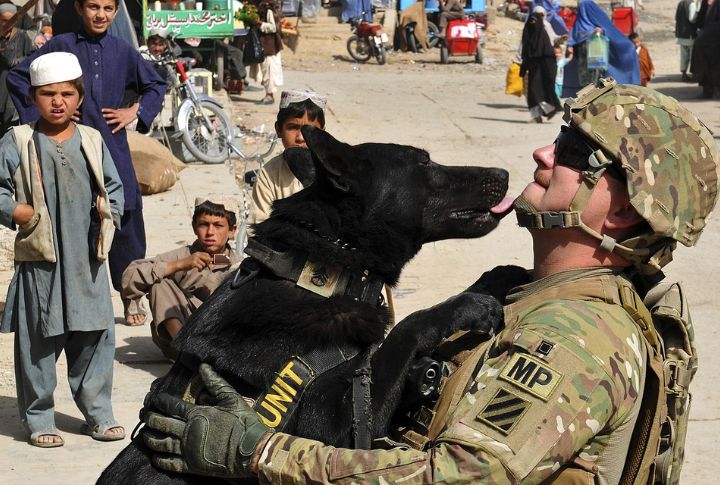
Adjusting to life after active service is often tricky. A support dog provides emotional stability in overwhelming situations, from job interviews to family gatherings. Their presence becomes a consistent point of comfort as veterans take steps toward reconnecting with the community and daily civilian routines.
Trust Built Through Daily Connection
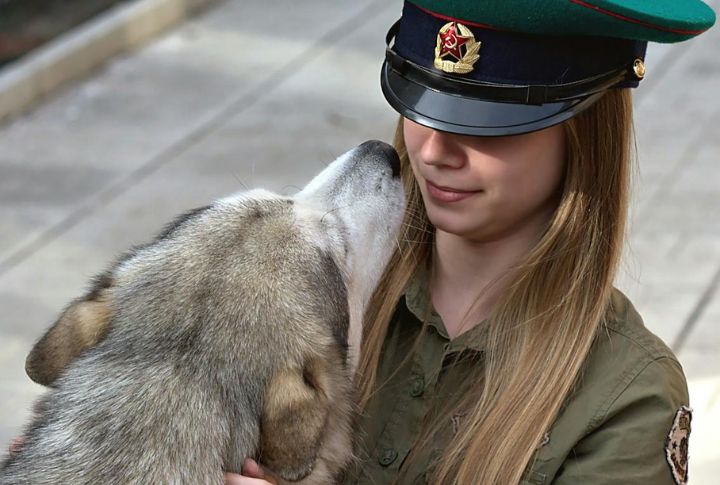
Combat trauma can damage the ability to trust, leaving veterans emotionally guarded. A dog’s steady presence offers nonverbal comfort and patience, allowing emotional walls to lower over time. This bond often becomes a safe first step toward reconnecting with people and restoring damaged relationships.

